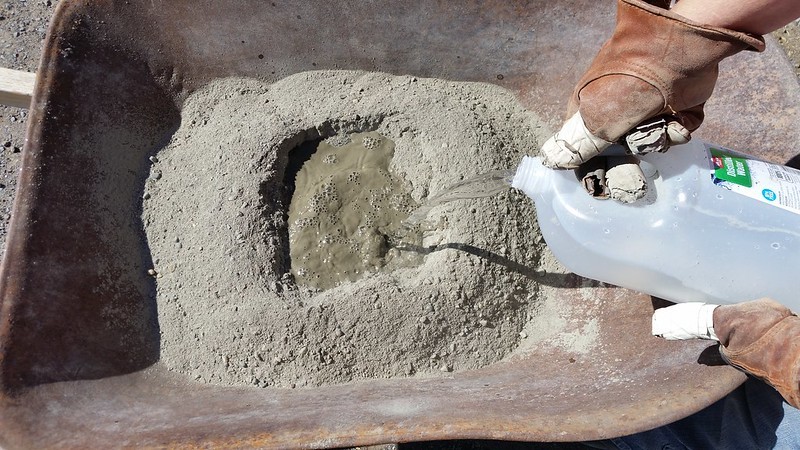Timing is everything in making greener concrete easier to work with
Researchers at Concordia’s Gina Cody School of Engineering and Computer Science are working to make construction materials that are better for the environment and easier to use on site.
In a research paper published in Construction and Building Materials, PhD student Nourhan Ali, now a teaching assistant at Ain Shams University in Cairo (Egypt), investigated how to improve the usability of sustainable concrete alternatives. The work was carried out under the supervision of Ahmed Soliman, professor in the Department of Building, Civil and Environmental Engineering.
Their focus is on a cleaner alternative to cement, the binding ingredient in concrete. Concrete itself is a mix of cement, water, sand and gravel. The cement acts like glue, holding everything together once it hardens. But traditional cement production is one of the world’s biggest sources of carbon dioxide, about 8% of global CO₂ emissions, because it relies on burning limestone at very high temperatures.
To reduce those emissions, researchers are exploring a substitute called alkali-activated slag. It's made using ground granulated blast furnace slag (GGBS), a fine powder recycled from steel production, mixed with an alkaline solution that makes it harden like cement. This kind of material keeps the rest of the concrete recipe the same but replaces the polluting binder.
One challenge with this approach is that the mixture can become too thick too quickly. That makes it harder to pour, shape or use in time. The Concordia team tested different ways of adding a viscosity-modifying admixture, a thickening ingredient that’s already used in traditional cement, to see how it affects workability.
They found that adding the ingredient later in the process, and without dissolving it in water, gave the best results. The mixture stayed workable longer and hardened more evenly, with fewer cracks from drying.
“If you get the timing and method right, you can improve how the material behaves without compromising its strength,” says Soliman. “That means better performance on site and more potential for real-world use.”
The findings could help make low-carbon concrete alternatives more practical for construction, including emerging areas like 3D printing or cold-weather builds.
The study was supported by the Natural Sciences and Engineering Research Council of Canada (NSERC).


